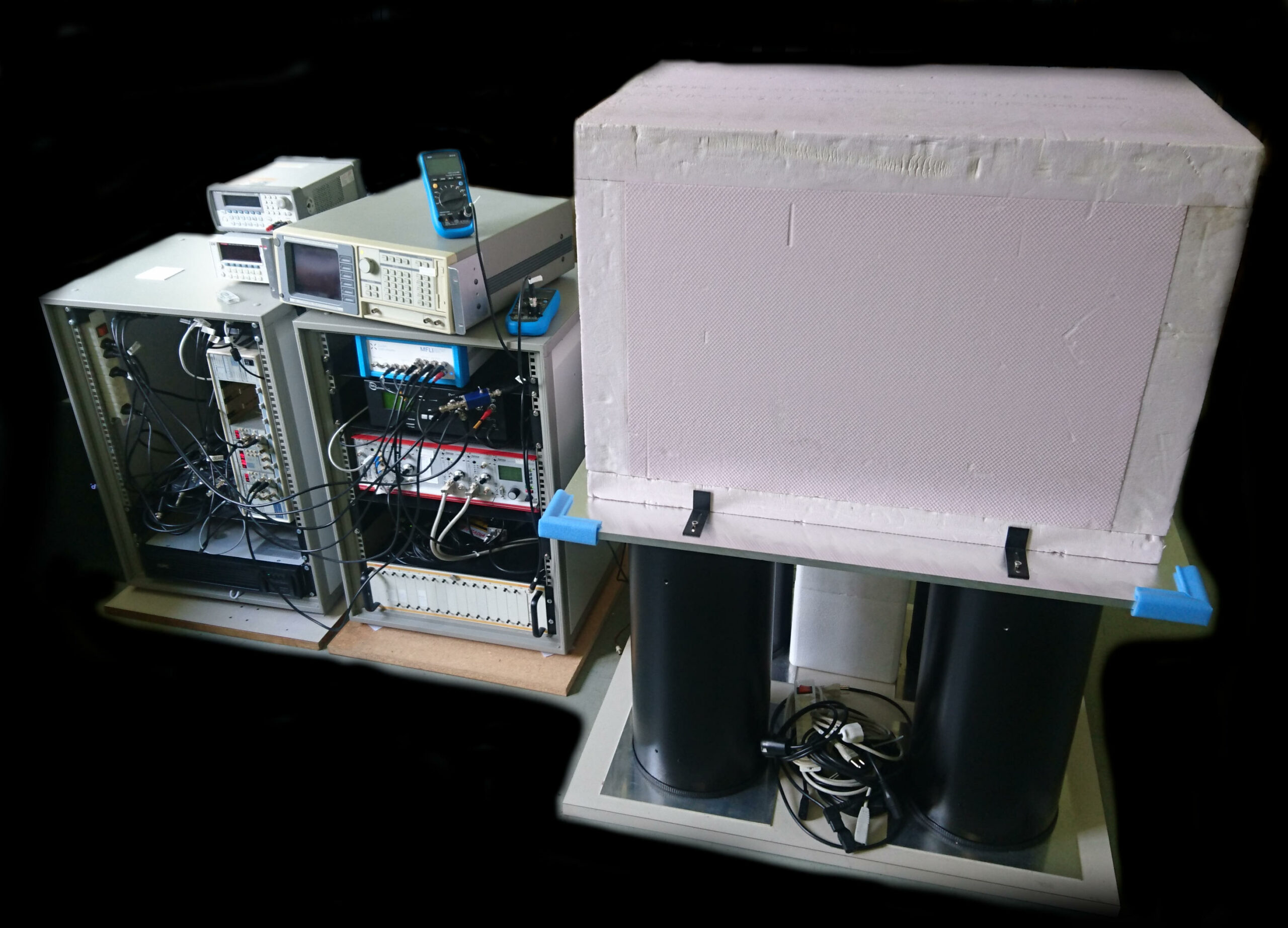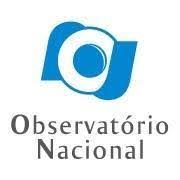- Home
- Research
- Quantum Systems
- Projects
- Archive
- Rio-GNOME
Rio-GNOME

Runtime: 01.09.2020 - 31.08.2023
The Global Network of Optical Magnetometers for Exotic physics searches (GNOME) is an international collaboration hunting for signatures of dark matter (e.g., macroscopic structures formed by axions or axion-like particles) by looking for spin couplings in optically pumped magnetometers (OPM). Since in a single magnetometer it is not possible to discriminate an exotic interaction from the effect of a local magnetic field fluctuation, GNOME builds on detecting spatio-temporal correlations from an array of sensors, distributed around the globe. In its current state, the network consists of sixteen active “stations”, i.e., sophisticated, magnetically well-shielded OPM setups, continuously streaming data to the collaboration server. From the analysis of first multi-station long-term runs limitations in the current-state network became apparent: All stations are located on the northern hemisphere. Moreover, all active magnetometers exhibit so-called “dead zones”, angular ranges in space, in which the sensors are blind for exotic (and magnetic) couplings. This leads to a reduced global and significantly less isotropic sensitivity in the Earth's coordinate system. Within this project, we propose to develop a new GNOME station to remedy these two limitations: Firstly, the station will be installed at the Vassouras geomagnetic observatory of the Observatorio Nacional, Brazil, making it the world's first station in the southern hemisphere. It will thus gain a strong weight in the reconstruction of the spatio-temporal course of exotic couplings. It will further improve the data quality of the network through advanced vetoing methods (to be developed and tested) using complementary sensor systems available on site (e.g. Vassouras is part of INTERMAGNET, the international network for observing the Earth's magnetic field). Secondly, we want to develop and investigate a novel OPM working scheme which is not only sensitive in a single direction, but in all three directions (omnidirectional) simultaneously, i.e. does not have dead zones. We want to achieve this by using an arrangement based on several miniaturized alkali vapor cells manufactured at Leibniz IPHT, which, by virtue of a new method, can be operated free of interfering crosstalk within a common magnetic shielding. Within the first phase of the project, a tried and tested OPM setup will be installed in Vassouras to ensure that data from the southern hemisphere will be available to the GNOME network in a timely manner. After the successful demonstration of the omnidirectional sensor in the laboratory, the Brazilian station will be upgraded to this scheme at the end of the project. All this together will allow GNOME to experimentally test classes of dark matter models with hitherto unprecedented sensitivity.
The project is funded by the German Research Foundation (DFG) under project number 439720477.
Current location of the GNOME station of Leibniz IPHT
Global Network of Optical Magnetometers for Exotic (GNOME) Physics
Partners



